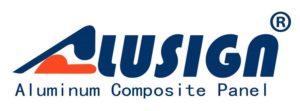- [email protected]
- 0086-18516251697
- Mon - Sun 0:00-24:00
Aluminum composite panel is a new type of building decoration material. It has the advantages of light weight, good rigidity, waterproof and weather resistance, rich and colorful colors, convenient construction, etc. It is widely used in exterior walls, indoor and outdoor decoration and advertising signage.
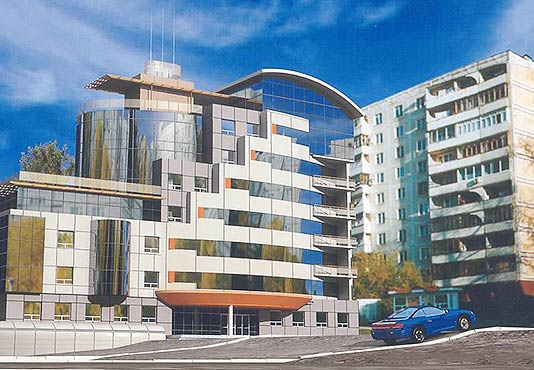
Due to the relevant national standards, the quality requirements for aluminum composite wall panels are higher than those for general outdoor billboards.
As aluminum composite wall panels, it is first necessary to meet the requirements of weather resistance. The fluorocarbon coating has excellent weather resistance and durability, corrosion resistance and stain resistance. The fluorocarbon aluminum composite panel is usually used for aluminum composite wall panels, and the fluorocarbon resin content (polyvinylidene fluoride) in the fluorocarbon paint must be equal to or higher than 70%.
The use of aluminum composite panels for signage signs determines that they do not require high weatherability requirements for coatings. Therefore, most of the coatings use polyester and other coatings, and their performance is far lower than that of fluorocarbon coatings.
The composite process of Alusign aluminum composite wall panels is the last process of production and processing of its aluminum composite panel manufacturer. The curtain wall aluminum composite panel is a pre-heated plastic (usually polyethylene) material as the core layer.
On both sides, a hot-melt adhesive resin and a color-coated aluminum coil surface layer and a coated or uncoated aluminum coil bottom layer are bonded and composited by heat and pressure to form a unitary process.
Aluminum coil
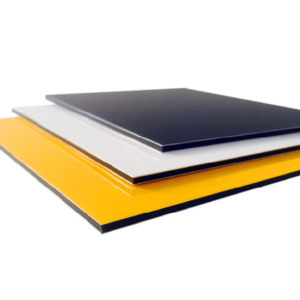 Rolled aluminum coils should be of good quality, controlled, non-doped with recycled aluminum, constant winding tension, no wave, lacing or oxidative corrosion, smooth and smooth surface of the aluminum composite wall panels. The thickness of the strip should conform to the national standard and the rust-proof aluminum material of 0.50mm or 0.20mm size should be used. The surface of the aluminum composite wall panels is coated with 70% fluorocarbon resin. The appearance is uniform in color and no surface defects. The contact surface with the bonding resin should be cleaned without impurities, pollution or paint. Other performance indicators should conform to GB/T17749. – 1999 stipulates that the usual width is 1250mm.
Rolled aluminum coils should be of good quality, controlled, non-doped with recycled aluminum, constant winding tension, no wave, lacing or oxidative corrosion, smooth and smooth surface of the aluminum composite wall panels. The thickness of the strip should conform to the national standard and the rust-proof aluminum material of 0.50mm or 0.20mm size should be used. The surface of the aluminum composite wall panels is coated with 70% fluorocarbon resin. The appearance is uniform in color and no surface defects. The contact surface with the bonding resin should be cleaned without impurities, pollution or paint. Other performance indicators should conform to GB/T17749. – 1999 stipulates that the usual width is 1250mm.
Plastic core material
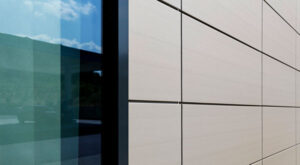 The aluminum composite wall panels shall be made of granular polyethylene material suitable for sheet metal production by the regular petrochemical company, and undoped with low molecular substances, anti-adhesive agents, slip agents, etc., with a melt index of 0.5?3.0g/10min. And add a sufficient amount of antioxidants and carbon black masterbatch before use to strengthen and prevent aging.
The aluminum composite wall panels shall be made of granular polyethylene material suitable for sheet metal production by the regular petrochemical company, and undoped with low molecular substances, anti-adhesive agents, slip agents, etc., with a melt index of 0.5?3.0g/10min. And add a sufficient amount of antioxidants and carbon black masterbatch before use to strengthen and prevent aging.
Bonding resin
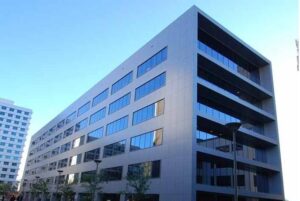
acp sheet for exterior
The aluminum composite wall panels should be made of hot-melt adhesive resin capable of bonding polyethylene and aluminum coils, in the form of granular or polymer adhesive film, and not corrosive to aluminum and polyethylene, weather resistance and durability. It is better to resist boiling water and temperature difference.
